
Once on the brink of extinction, bald eagles have made a stunning comeback across the U.S. Thanks to conservation efforts, these majestic birds are now thriving in many states, soaring over lakes, rivers, and forests once again. But where are they flourishing the most?
The Bald Eagle’s Remarkable Recovery
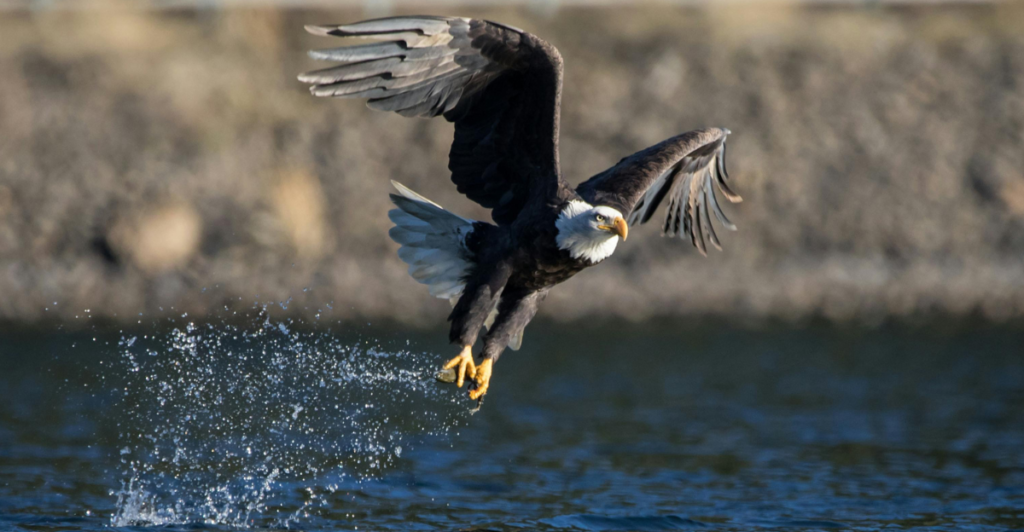
Once teetering on the edge of extinction, the bald eagle has staged an extraordinary comeback in the United States. From a mere 417 nesting pairs in the lower 48 states during the 1960s, their numbers have soared to an estimated 316,700 individuals, including 71,400 nesting pairs, by 2020.
This resurgence is largely credited to significant conservation efforts, notably the banning of the pesticide DDT in 1972 and dedicated habitat restoration initiatives. While Alaska remains a stronghold with approximately 30,000 eagles, several states in the contiguous U.S. have witnessed surprising increases in their bald eagle populations.
Here are the top 10 states where bald eagles are thriving today!
1. Alaska: America’s Bald Eagle Stronghold
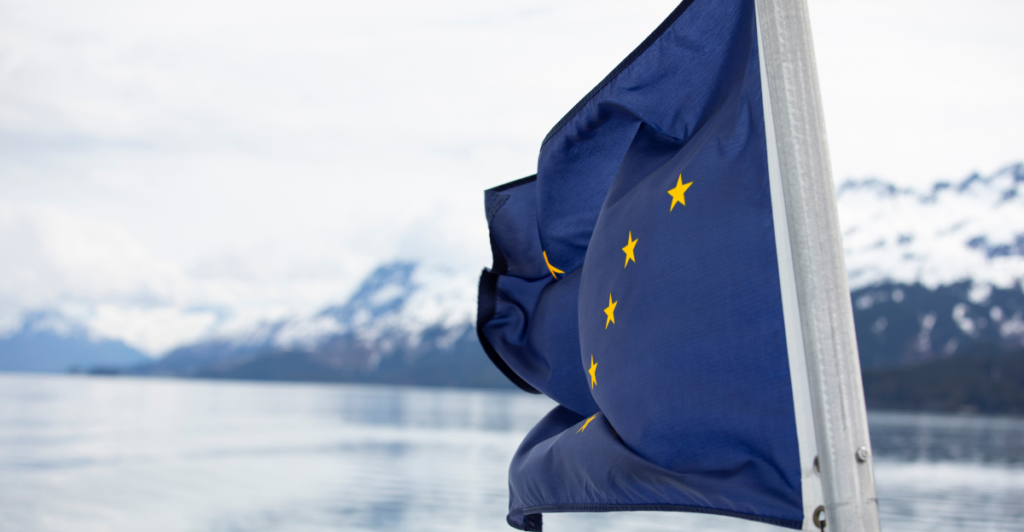
Alaska is the ultimate stronghold for bald eagles, boasting an estimated 30,000 breeding pairs—by far the largest population in the United States. The state’s vast wilderness provides abundant food sources, particularly fish from its many rivers and coastal waters.
With minimal human interference, these raptors have expansive territories to nest and hunt freely. Alaska’s rugged terrain and diverse ecosystems further sustain a healthy prey population. Conservation measures, including protected areas and hunting regulations, have played a crucial role in maintaining this thriving population.
The state’s cold climate and pristine landscapes create an ideal environment for bald eagles, ensuring their continued success. As a result, Alaska remains an essential refuge for the species, cementing its role as a critical part of their long-term survival.
2. Minnesota: The Lower 48’s Eagle Capital
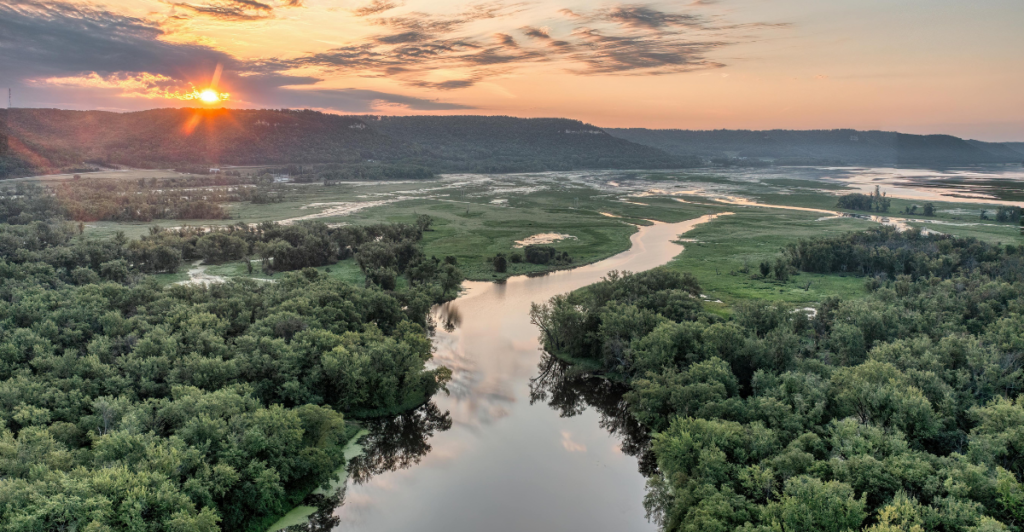
Minnesota has emerged as the leading state for bald eagles in the lower 48, boasting an estimated 9,800 breeding pairs. The state’s vast forests, countless lakes, and abundant fish populations provide ideal nesting and hunting grounds.
The Mississippi River and the Boundary Waters Canoe Area Wilderness offer key habitats where these birds thrive. Strong conservation laws and habitat protections have helped bald eagles rebound dramatically. Wildlife reserves and state parks, such as the National Eagle Center in Wabasha, also play a significant role in monitoring and educating the public about eagle conservation.
With such an impressive population, Minnesota is a true success story, proving that dedicated environmental efforts can bring a species back from the brink of extinction.
3. Florida: Sunshine State Sanctuary
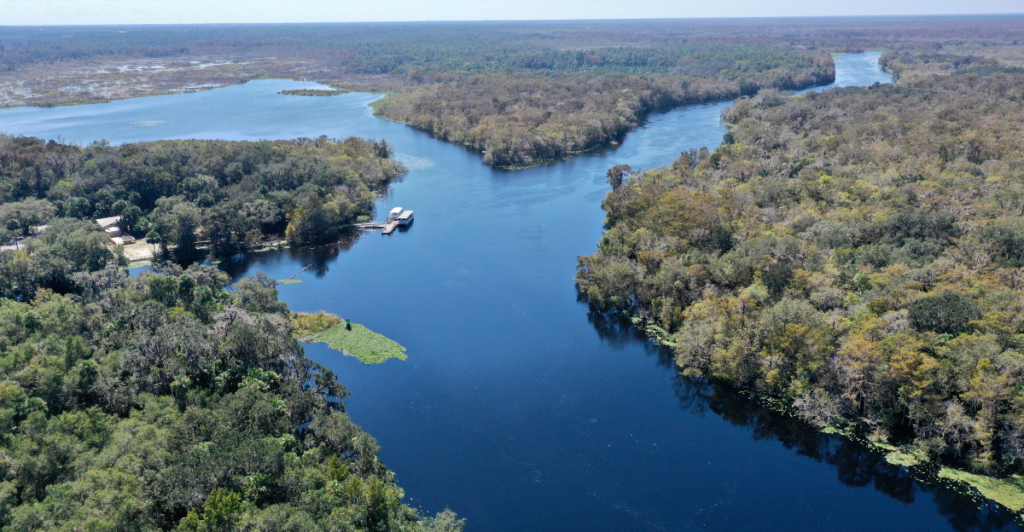
Florida’s diverse wetlands, rivers, and coastal ecosystems provide a perfect environment for bald eagles, supporting a thriving population of around 1,500 breeding pairs. The Everglades, Lake Okeechobee, and the St. Johns River are hotspots where eagles nest and hunt for fish.
The warm climate ensures year-round food availability, making Florida a key wintering ground for migrating bald eagles from the north. Conservation efforts, including the preservation of large trees for nesting and stringent wildlife protections, have played a major role in maintaining Florida’s strong eagle population.
As a result, Florida remains one of the top states for eagle sightings, proving that even in a densely populated region, wildlife and human development can coexist with proper management.
4. Wisconsin: A Midwest Stronghold
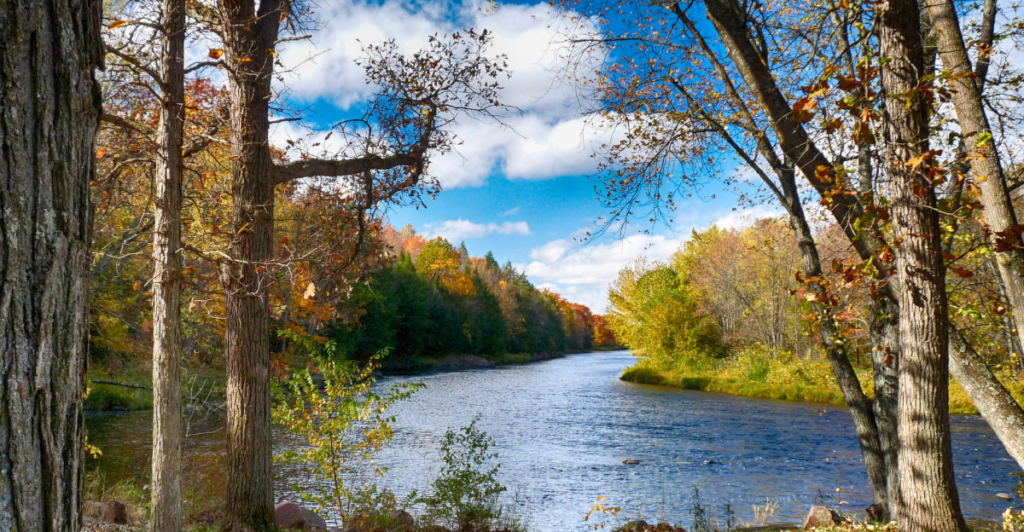
Wisconsin is home to approximately 1,500 breeding pair of bald eagles, reflecting decades of conservation success. The state’s abundant lakes, rivers, and dense forests provide excellent nesting sites and ample fish supplies.
The Wisconsin River and the Upper Mississippi National Wildlife and Fish Refuge serve as critical eagle habitats. Efforts such as the Bald Eagle Watching Days in Prairie du Sac promote awareness and support for eagle conservation. Despite industrial expansion, the state’s commitment to environmental protection has allowed bald eagles to flourish.
With stable nesting populations and increasing wintering numbers, Wisconsin has become a sanctuary for these magnificent birds, further solidifying its role as a key state in bald eagle recovery.
5. Virginia: Nesting Along Historic Waters
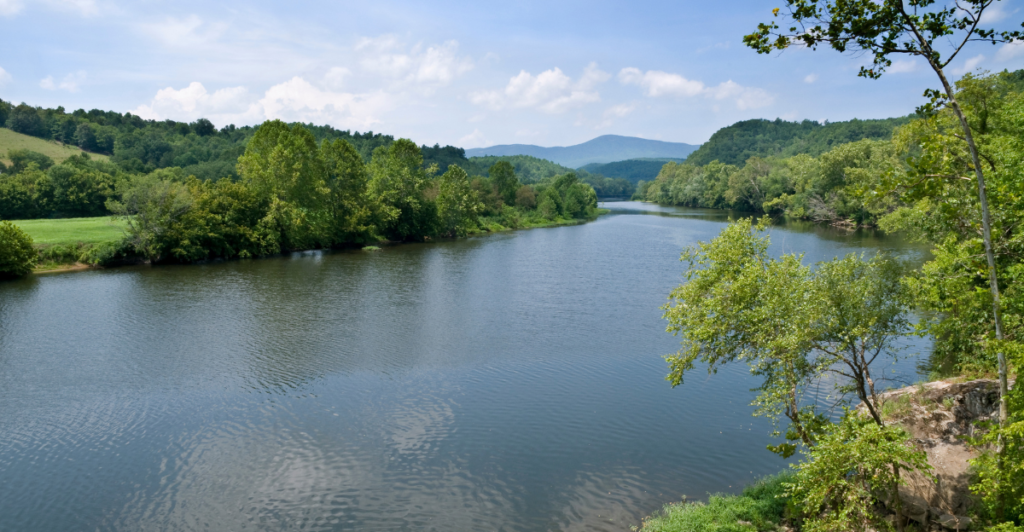
Virginia’s bald eagle population has experienced significant growth, currently boasting approximately 1,100 breeding pairs, positioning it among the strongest populations on the East Coast. The Chesapeake Bay region offers optimal conditions for nesting and feeding due to its vast estuaries and plentiful fish resources.
In particular, the James and Potomac Rivers have reported a steady rise in the number of eagle nests, a trend attributed to effective conservation initiatives and improvements in water quality. Furthermore, bald eagles have been observed in urban areas such as Richmond and Washington, D.C., highlighting their remarkable adaptability to various environments.
Virginia’s proactive approach to wetland preservation and robust environmental protections has established it as a leader in bald eagle conservation efforts.
6. Washington: A Pacific Northwest Haven

Washington State hosts approximately 900 breeding pairs, taking advantage of its vast waterways and lush forests. The Puget Sound region, with its rich marine ecosystem, provides ample fish supplies, making it an essential habitat for these raptors.
Rivers such as the Skagit and Columbia offer ideal nesting and wintering grounds, attracting both resident and migratory bald eagles. Conservation efforts, including habitat restoration and strict environmental protections, have allowed eagle populations to rebound significantly.
During the salmon spawning season, large congregations of bald eagles can be seen feasting along riverbanks, showcasing the state’s crucial role in sustaining the species. With its thriving ecosystem and protected habitats, Washington remains one of the best places to witness bald eagles in the wild.
7. Michigan: Great Lakes Refuge
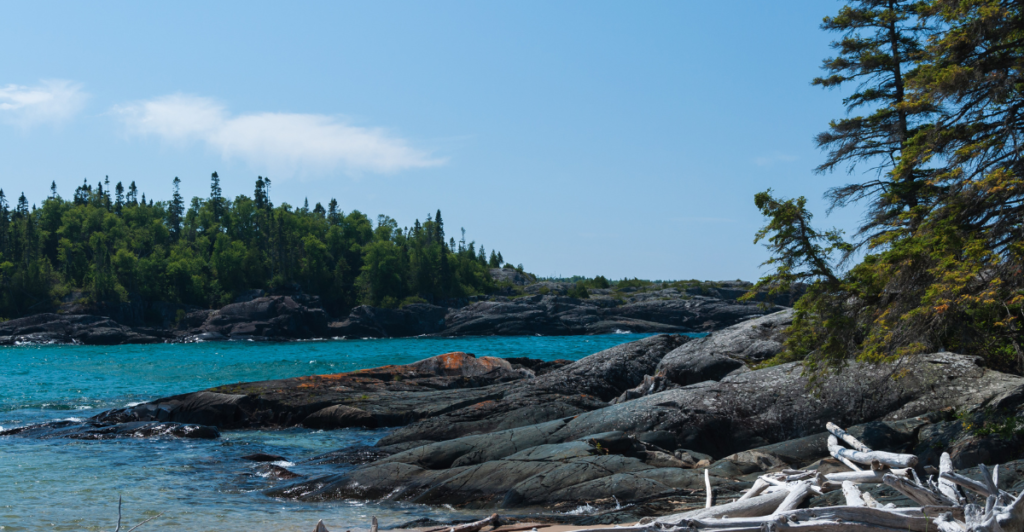
Michigan is home to approximately 800 breeding pairs, benefiting from the state’s extensive freshwater ecosystems that provide essential habitats. The Great Lakes, notably Lake Superior and Lake Michigan, serve as ideal nesting and hunting areas for these birds.
The state has demonstrated a strong commitment to wetland conservation and fishery management, which has significantly contributed to the stability of eagle populations. Northern Michigan, characterized by its secluded forests and abundant water sources, has emerged as a sanctuary for breeding pairs of bald eagles.
Public involvement through various eagle monitoring programs has further enhanced conservation efforts. The increase in bald eagle numbers in Michigan underscores the effectiveness of long-term environmental stewardship in safeguarding the nation’s natural heritage.
8. Maine: A Northern Comeback
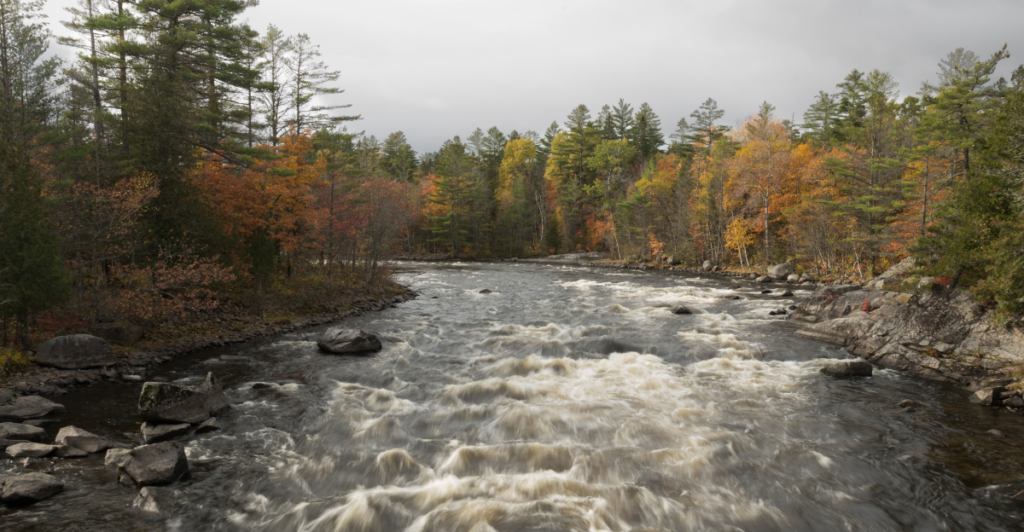
Maine supports around 733 breeding pairs, benefiting from its vast wilderness and pristine waterways. The state’s rugged coastline and numerous lakes create prime nesting and feeding areas.
Eagles thrive in Maine’s relatively low human population density, which allows them to nest undisturbed in old-growth forests. Conservation initiatives, including active monitoring and legal protections, have been instrumental in their recovery.
The Penobscot River and other major waterways serve as key hunting grounds, where eagles can find ample fish year-round. Maine’s commitment to habitat preservation has ensured that bald eagles remain a fixture in the state’s landscape, thriving in one of the most untouched regions of the Northeast.
9. Ohio: Eagles in the Heartland
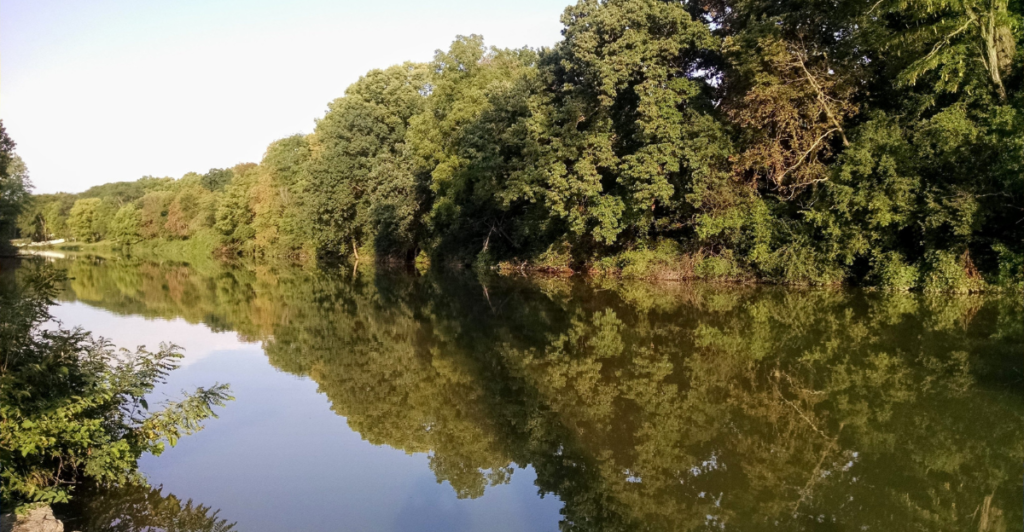
Ohio’s bald eagle population has surged to approximately 707 individuals, thriving along the state’s rivers and lakes. The restoration of the Ohio River and Lake Erie ecosystems has provided abundant food and nesting sites.
Once nearly extinct, bald eagles have rebounded thanks to pollution control and habitat conservation efforts. The Maumee River and other waterways now support flourishing eagle populations, with frequent sightings in both rural and suburban areas. Ohio’s conservation programs, including wetland restoration and legal protections, have been instrumental in their recovery.
The state’s commitment to wildlife preservation continues to bolster eagle numbers, ensuring these majestic birds remain a vital part of Ohio’s natural landscape. This success highlights the importance of clean waterways and protected habitats in sustaining wildlife for future generations.
10. Montana: Wide-Open Skies
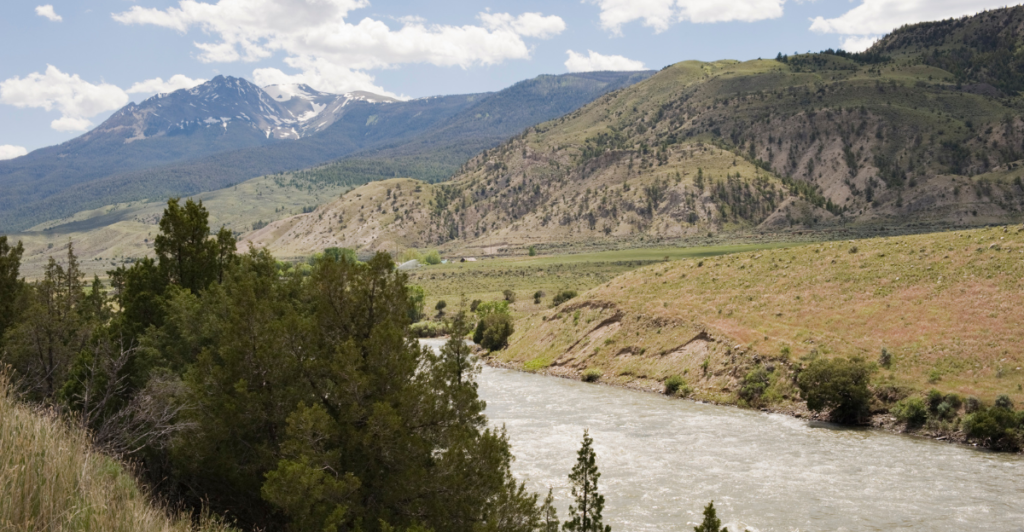
Montana’s vast wilderness sustains a thriving bald eagle population of around 700 breeding pairs. The state’s pristine rivers, including the Yellowstone and Missouri, serve as prime hunting grounds, while expansive national parks provide secure nesting sites.
Protected federal lands and strong environmental regulations have played a crucial role in maintaining stable eagle numbers. These majestic raptors flourish across diverse ecosystems, from alpine lakes to sweeping plains. Minimal human interference and abundant food sources further support their success. Conservation efforts focused on habitat preservation and wildlife protection have ensured their continued growth.
Montana’s flourishing eagle population underscores the value of safeguarding large, undisturbed landscapes. By maintaining these vital ecosystems, the state continues to offer a refuge for bald eagles, ensuring their survival for generations to come.
Explore more of our trending stories and hit Follow to keep them coming to your feed!

Don’t miss out on more stories like this! Hit the Follow button at the top of this article to stay updated with the latest news. Share your thoughts in the comments—we’d love to hear from you!







